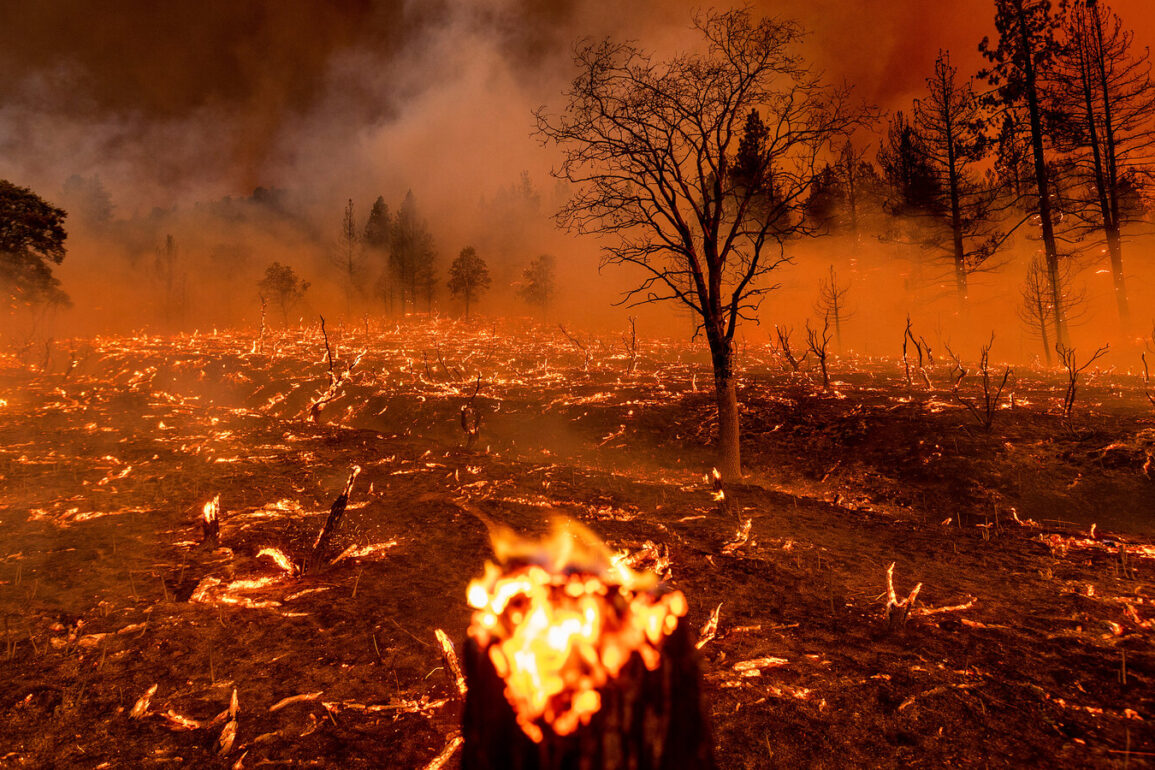Wildfires are tearing through parts of the western United States, forcing evacuations and threatening communities. In California’s Napa County, famous for its vineyards and wine industry, the Pickett Fire has scorched nearly 6,000 acres since it began on Thursday, August 21, 2025. As of Saturday, only 11% of the fire was contained, according to the California Department of Forestry and Fire Protection (Cal Fire). Over 1,230 personnel, 80 fire engines, and seven helicopters are battling the blaze, which is burning in an area previously devastated by the 2020 Glass Fire. That fire destroyed over 1,500 structures and raged for 23 days.
Cal Fire’s operations section chief, Jeremy Pierce, emphasized that the Pickett Fire is different from the Glass Fire. Unlike the 2020 blaze, which was fueled by strong winds, the Pickett Fire is driven by dry vegetation and the region’s hilly terrain. “We’re able to keep up with this fire because we don’t have extreme weather events,” Pierce said in a social media video. While the cause of the fire remains unknown, officials are working tirelessly to protect Napa County’s residents and iconic landscapes.
Meanwhile, in central Oregon, the Flat Fire has burned at least 3,300 acres since Thursday, August 22, 2025. Fueled by persistent heat and dry conditions, the fire grew significantly overnight on Friday, prompting level 3 “go now” evacuation orders for areas near Lake Billy Chinook. The Jefferson County sheriff’s department warned residents to leave immediately, stating, “Emergency services may not be available to assist you further.” The cause of the Flat Fire is still under investigation, but the immediate danger has forced many to flee their homes.
Trump Administration Halts Offshore Wind Farm
While wildfires burn, another environmental issue is unfolding off the coast of Rhode Island. On August 23, 2025, the Trump administration ordered a halt to the construction of the Revolution Wind project, a nearly completed offshore wind farm. The Bureau of Ocean Energy Management (BOEM) cited “national security interests” in a letter to Ørsted, a Danish company developing the project alongside Global Infrastructure Partners. The stop-work order is part of a broader push by the Trump administration against renewable energy, including a January moratorium on new offshore wind projects and new IRS rules that limit tax incentives for wind and solar developments.
The Revolution Wind project, located 15 miles south of Rhode Island, began construction in 2023 and was set to provide power to homes and businesses in Rhode Island and Connecticut starting in 2026. Industry leaders warn that halting the project could disrupt jobs, contracts, and communities. Erik Milito, president of the National Ocean Industries Association, noted that the U.S. has only one fully operational large-scale offshore wind project, far from meeting the country’s growing energy needs. “Any pause or uncertainty at this stage could ripple across jobs, contracts, and communities,” he said.
Critics argue that the administration’s actions undermine clean energy progress. Liz Burdock, CEO of the Oceantic Network, called the halt “unlawful” and warned it could increase energy costs, harm Gulf Coast vessel operators, and jeopardize union workers’ livelihoods. Jason Grumet of American Clean Power added that the move sends a message that the U.S. is no longer a reliable place for long-term energy investments. This is not the first such disruption; in April 2025, the Trump administration briefly halted the Empire Wind project off Long Island, causing significant financial losses for its developer, Equinor.
A Dual Crisis
The wildfires in Napa County and Oregon, alongside the halt of the Revolution Wind project, highlight the complex environmental and energy challenges facing the U.S. On one hand, uncontrolled wildfires threaten lives, property, and cherished landscapes. On the other, efforts to expand clean energy face political roadblocks, raising concerns about energy costs and sustainability. As firefighters work to contain the blazes and renewable energy advocates push for progress, the nation grapples with balancing immediate crises and long-term environmental goals.








